Crop Diversification in Sugarcane Based Cropping Systems
Contents: 1. Inter-cropping: an approach to improve the productivity of sugarcane based cropping system/A. K. Singh and Navnit Kumar. 2. Doubling farmers’ income through sugarcane-based crop diversification/Navnit Kumar, Lalita Rana and A. K. Singh. 3. Role of legume in sugarcane based cropping system/Sunita Kumari Meena, Ajeet Kumar, Lalita Rana and A. K. Singh. 4. Sustaining soil health through inter-cropping in autumn and spring planted sugarcane/C. K. Jha, S. K. Thakur, Navnit Kumar and A. K. Singh. 5. Soil and plant carbon sequestration under sugarcane-based cropping system/Ajeet Kumar, Sunita Kumari Meena and A. K. Singh. 6. Evaluation of sugarcane based cropping system through different competition indices/Sumit Sow and Navnit Kumar. 7. Seed multiplication and seed standard for sugarcane and pulses/Balwant Kumar and D. N. Kamat. 8. Legume crops: a builders of soil fertility through nitrogen fixation/Sunita Kumari Meena, Ajeet Kumar, Navnit Kumar and Lalita Rana. 9. Integrated pest and disease management under sugarcane based intercropping systems/Anil Kumar, S. N. Singh and Vishwajeet. 10. Pulses: as food and feed for nutritional security/Kumari Sunita, Ajeet Kumar and Usha Singh. 11. Biofertilizers for sustainable sugarcane production/Aman Jaiswal, Himani Priya, Geeta Kumari, Deepak Kumar Koli and Anupam Amitabh.
Sugarcane is a crop that grows slowly, covering the ground in 90 to 120 days. Because small sugarcane growers are unable to wait a longer period of time to reap the monetary gains from a sole sugarcane crop, take advantage of this by growing a variety of short-duration inter-crops, such as oilseeds, pulses, vegetables and spices, to gain interim returns. Inter-cropping pulses with sugarcane may result in decreased nitrogen fertilization costs and increased biological nitrogen fixation. The crop diversification strategy based on sugarcane is not covered in full in the crop production book currently in circulation. An effort has been made to gather pertinent data on sugarcane-based crop diversification system from various literatures. The examples are taken, as much as feasible, from Indian experience. Even complex issues have been simplified into concepts that are basic enough for readers to understand because the book is written in simple English. The authors of book chapters have made an effort to take into account the most current advancements in cropping systems based on sugarcane.
Get it now and save 10%
BECOME A MEMBER

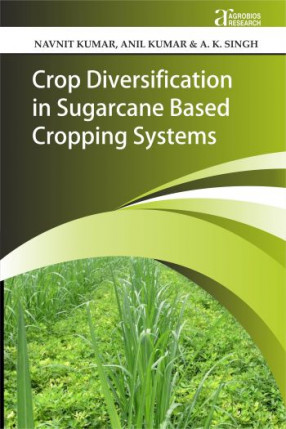
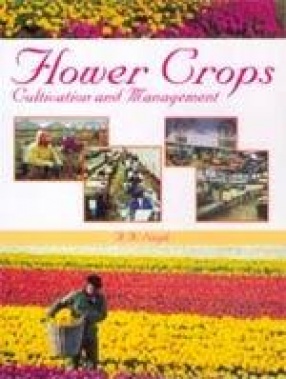

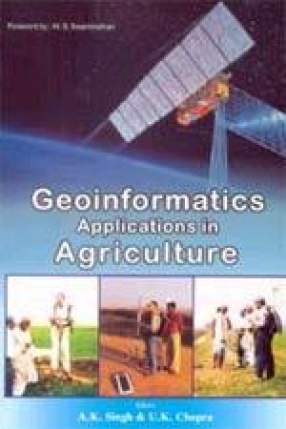

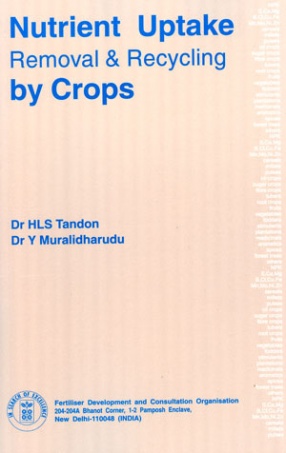
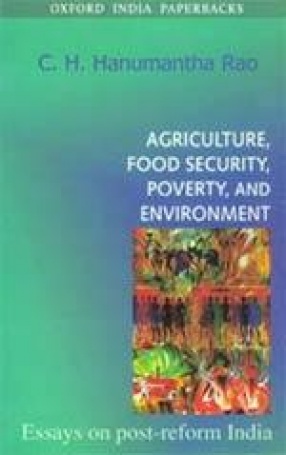
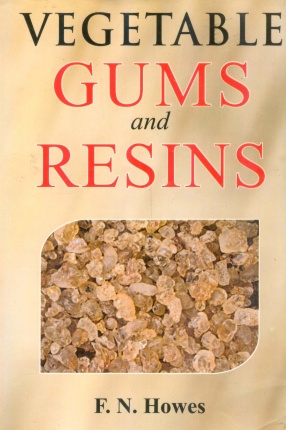
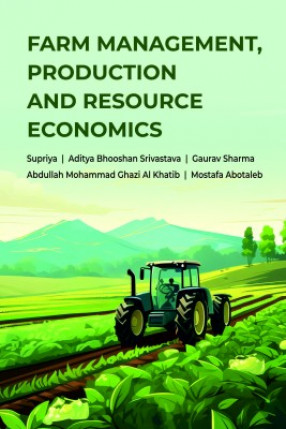

Bibliographic information
Navnit Kumar
A K Singh